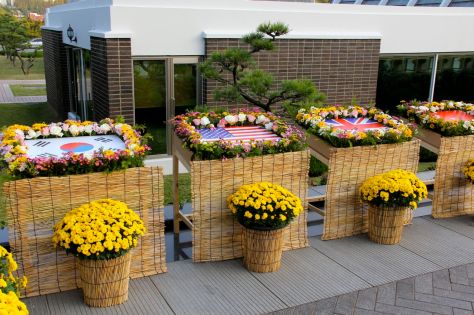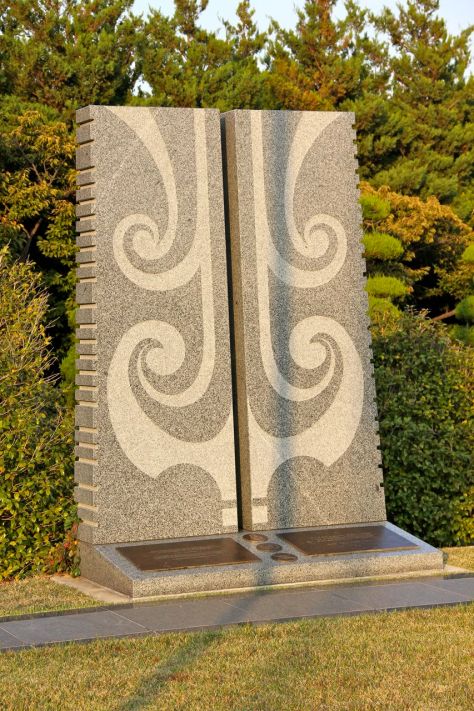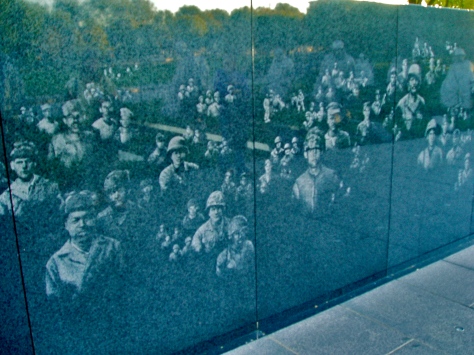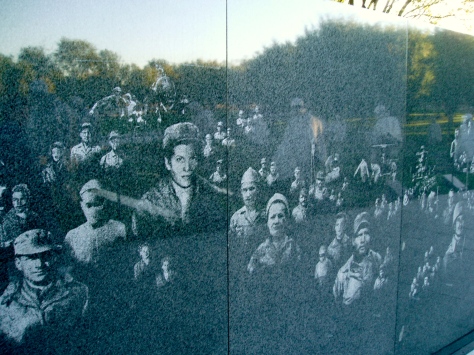I recently made a trip to Amsterdam and Lisbon via London. Only after the fact, I came to realise that I had just visited the capitol cities of the three European powers that once had colonies in Malaysia (the Portuguese came in 1511, the Dutch in 1641 and the British in 1786). A fortuitous synchronicity that enabled me to learn more about my country’s own past.
I was particularly excited about visiting Portugal because Portuguese influence on Malay history, culture and language was quite significant. There is still a Portuguese settlement in Melaka today and many Malaysians have some Portuguese ancestry. Many words in our national language come from the Portuguese.

As I was preparing for this trip, I got fascinated by fado; the music genre that is part of Portuguese national psyche. Originating in the 1820’s in Lisbon, the music could be said to be a type of lament. For example, it is suggested that, with reference to Portugal’s seafaring, exploration and global trade history, it may have been started by wives lamenting their husbands being away from them for many months and even years and sometimes never returning.
Said to be extremely expressive and profoundly melancholic, the fado songs speak of the hardships of daily life and a kind of resignation to that fate (which is the meaning of the word ‘fado’ – ‘fate’ or ‘destiny’. Someone wrote that fado has the emotional power to wring tears from your eyes.
Wow, I thought to myself, I have just got to go and see a fado performance while I am there. I am all into laments, melancholy and resignation to one’s fate. Not kidding. I have always liked to wallow in self pity and say “woe is me”.

So, I sought advice from a blogger friend, Ana Bica ( a fellow microbiologist and more importantly, a hometown girl of Lisbon). “Ana”, I asked, “where can I go to listen to some great fado in Lisbon?”
Ana suggested Clube de Fado. A very good recommendation; one that was also top of many lists on various internet forums on the topic. Now, in most fado establishments, the package includes both the fado performance and a fairly pricey meal. The consensus also seems to be that while the music is excellent, the food is pretty mediocre at these places.
Unfortunately, my traveling companions were definitely foodies first above all things and were somewhat skeptical of spending 3 hours listening to melancholic music and having their emotions ripped apart. They opted for fine dining instead……the Philistines!
So I was not able to actually go to a live performance (drats) but I did listen to some fado music and purchased a couple of CDs. One CD was in the more traditional style of the 1960’s and I must say, as much as I like the music, I too doubt if I could have listened to 3 hours of suffering. The second CD is by Ana Moura and represents a more contemporary style of fado; why the music was even occasionally upbeat even if the words were still melancholic!
Anyway, I have been listening to Ana Moura more or less continuously since then and wanted to share some of this music here with you. For you musically inclined readers, fado is usually done with a female singer (the fadista) accompanied by a Portuguese 12 string guitar(which is supposed to be very hard to play), guitar, viola and bass.
This song is ‘Amor Afoito’ or “Reckless Love’ which seems to be about a woman’s love for a man even when he has not proven he is deserving of her love.

















































